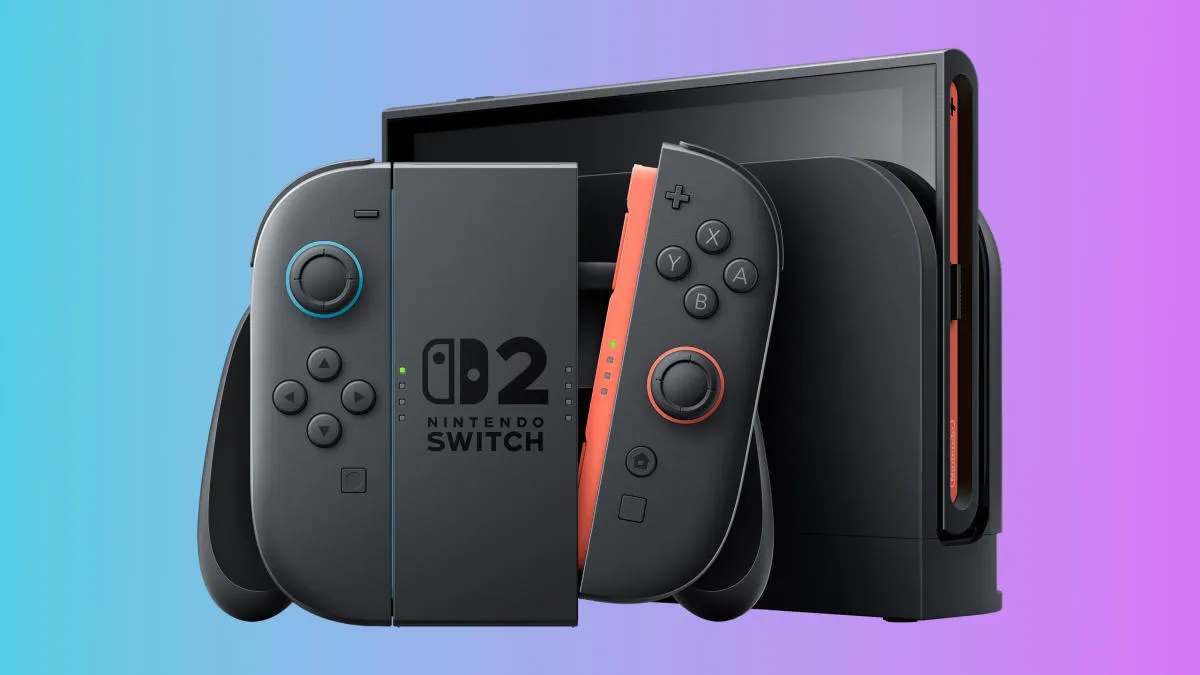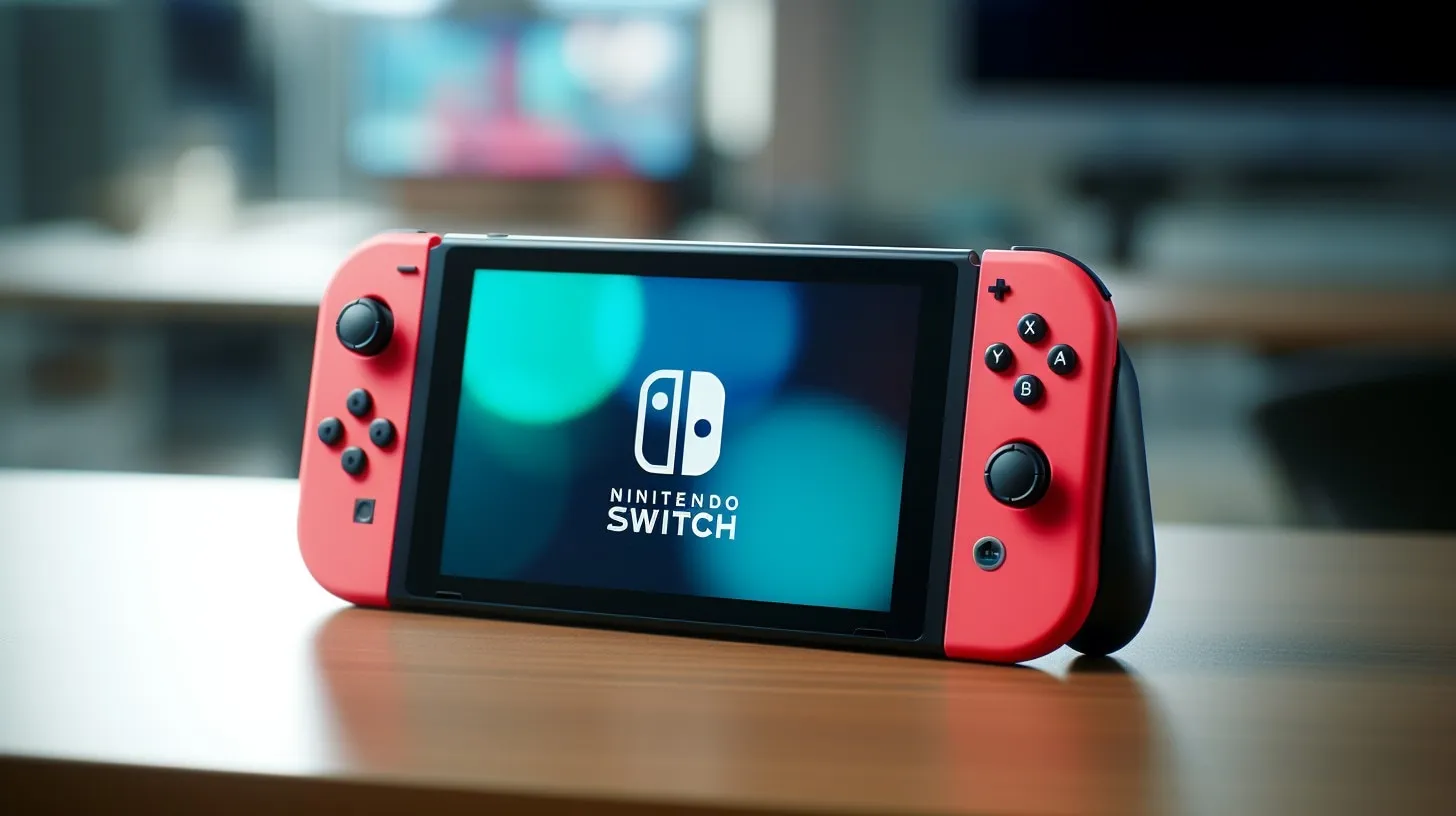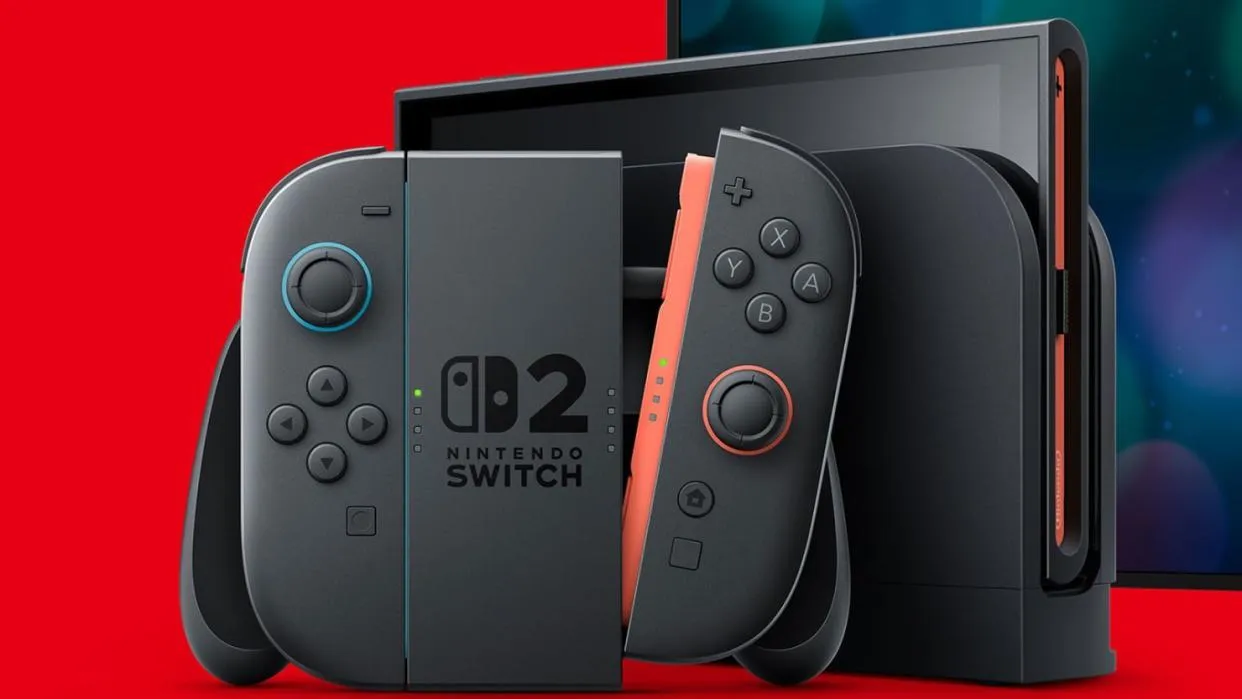The gaming giant has taken lessons from past experiences to avoid the supply chain pitfalls that have historically plagued new console releases. With the Nintendo Switch continuing to captivate gamers worldwide, the introduction of its successor brings both excitement and logistical challenges.
Furukawa emphasizes the company’s commitment to a smooth rollout, “As of now, we are taking the risk and proceeding with production to meet as large a demand as possible,” acknowledging the difficulties in rapidly increasing production capacity. This proactive stance is a testament to Nintendo’s dedication to its fan base and its strategic foresight in managing supply expectations.

Combating Scalpers and Ensuring Availability
A significant part of Nintendo’s strategy revolves around combating scalpers, a persistent issue in the gaming industry, particularly during new console launches. Last July, Furukawa reassured that the firm would provide enough hardware for retailers to adequately meet consumer demand, aiming to ensure that genuine enthusiasts, not opportunistic resellers, receive the new console first. This move not only enhances customer satisfaction but also stabilizes market prices, making the gaming experience accessible to a broader audience.

A Dual Strategy for Game Titles
Amidst the technical preparations for the Switch 2, Nintendo also faces the challenge of maintaining a robust game lineup for both the existing Switch and the upcoming Switch 2. Furukawa addressed this balance by revealing the 2025 release slate, which includes titles like Pokémon Legends: Z-A and Metroid Prime 4: Beyond. Both games are set to grace the existing Switch platform, suggesting that Nintendo’s support for the platform will not wane immediately upon the new release.
Furthermore, Furukawa noted, “Exclusive games are crucial when launching new hardware.” This statement underscores the importance of unique titles in driving the adoption of new consoles. Nintendo plans to leverage this strategy to ensure that both platforms remain appealing to gamers, thereby maximizing their market presence and consumer engagement.

With hands-on events scheduled to start globally on April 4, following the Nintendo Direct on April 2, Nintendo aims to gather direct consumer feedback to refine their launch strategy further. These events will not only provide fans with a first glimpse of the Switch 2 but will also serve as crucial data points for adjusting production and distribution plans based on real-time consumer responses.
As Nintendo navigates the complexities of launching a highly anticipated console in a dynamic market, its comprehensive approach—from ramping up production capabilities to strategic game releases—highlights a keen awareness of both market demands and consumer expectations. With a solid strategy in place, Nintendo is poised to not only meet but exceed the expectations of its diverse and passionate gaming community.


